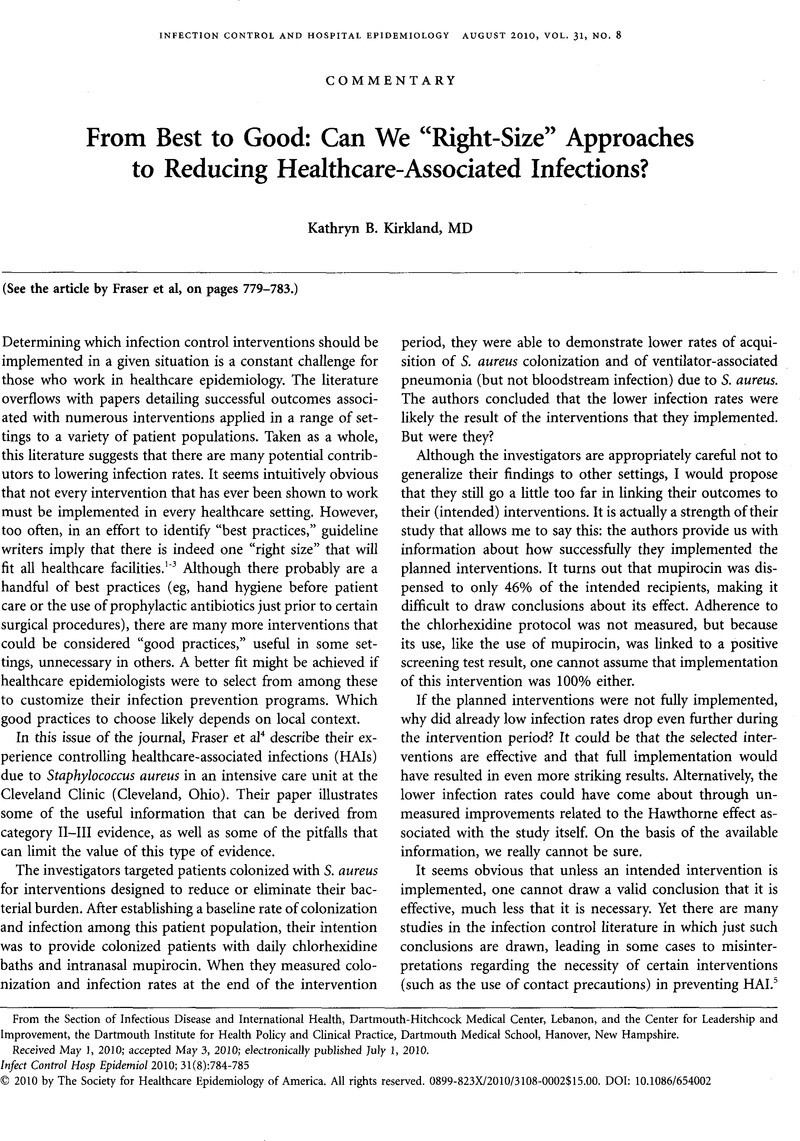Crossref Citations
This article has been cited by the following publications. This list is generated based on data provided by Crossref.
Harris, Joanna
Walsh, Kenneth
and
Dodds, Susan
2019.
Are Contact Precautions ethically justifiable in contemporary hospital care?.
Nursing Ethics,
Vol. 26,
Issue. 2,
p.
611.
Voo, Teck Chuan
and
Lederman, Zohar
2020.
Justice in control of methicillin-resistant Staphylococcus aureus transmission: a fair question to ask?.
Monash Bioethics Review,
Vol. 38,
Issue. S1,
p.
56.





